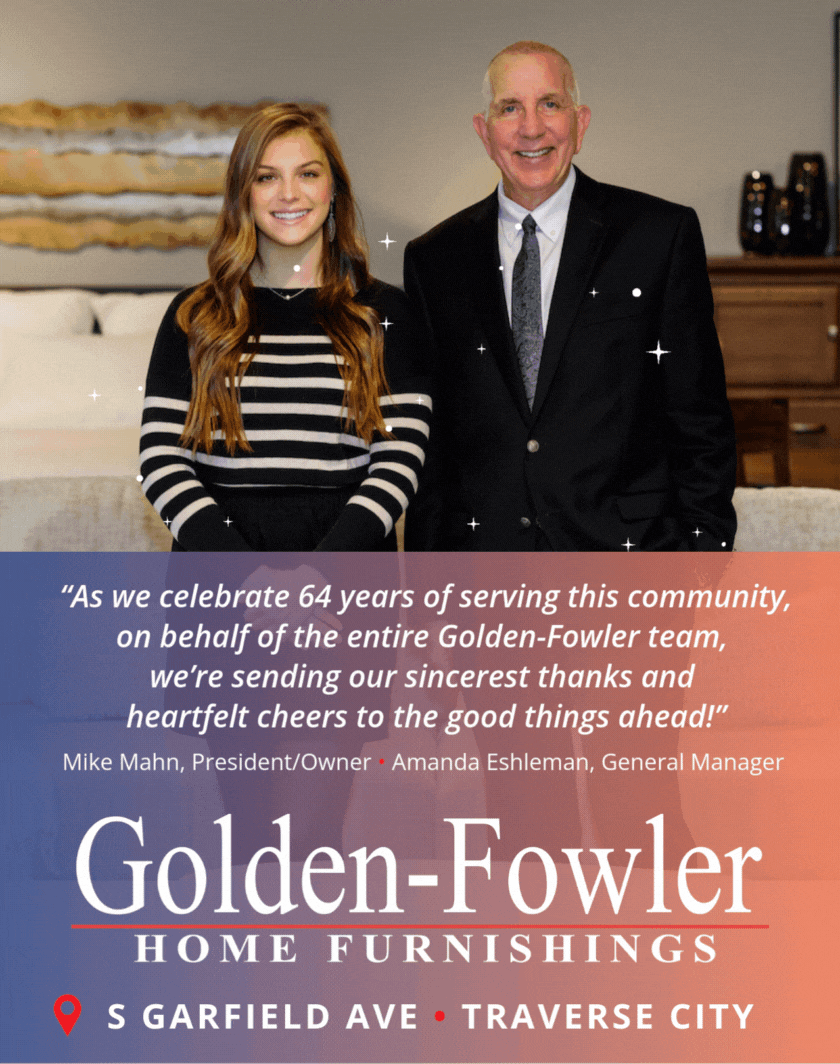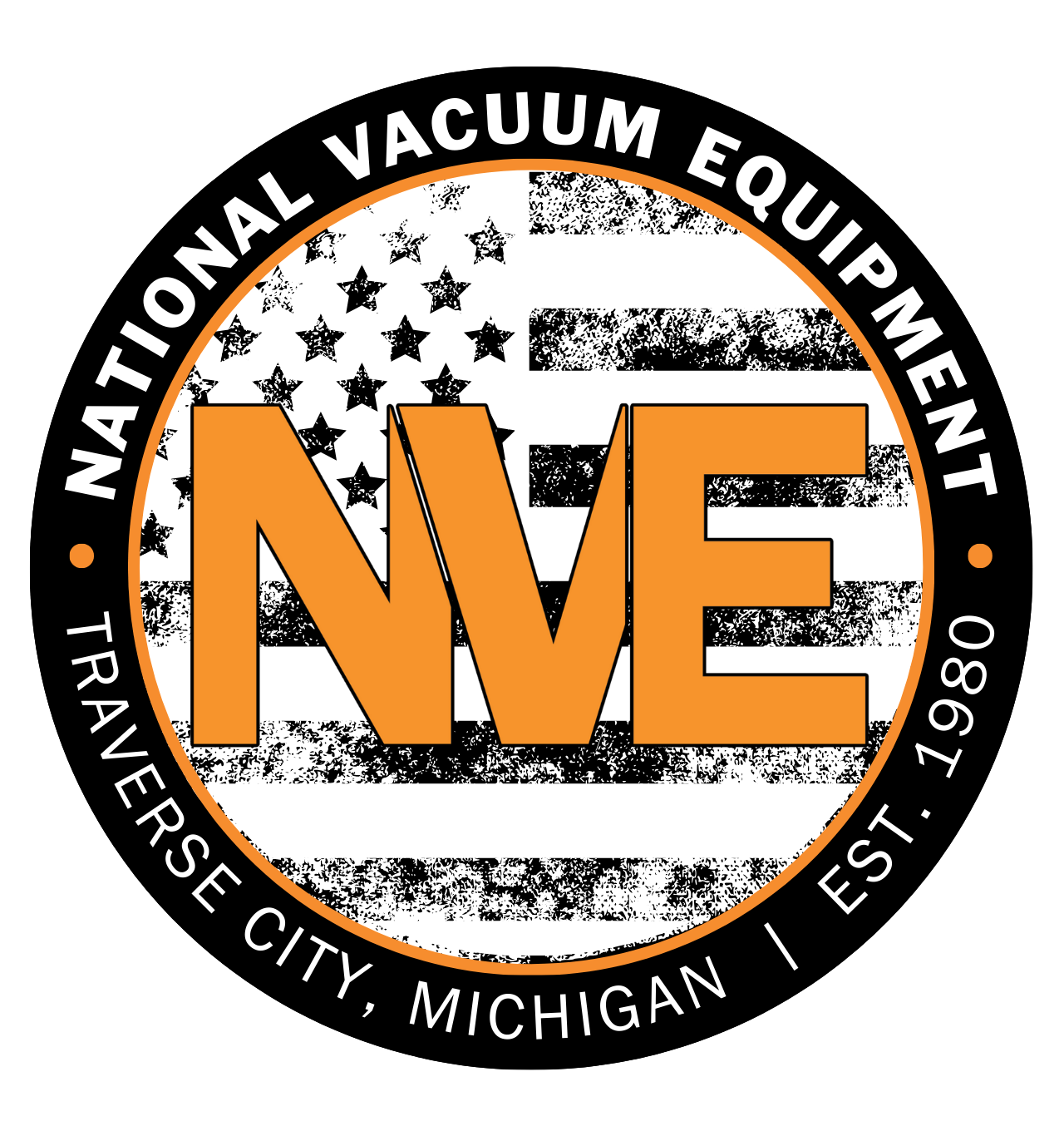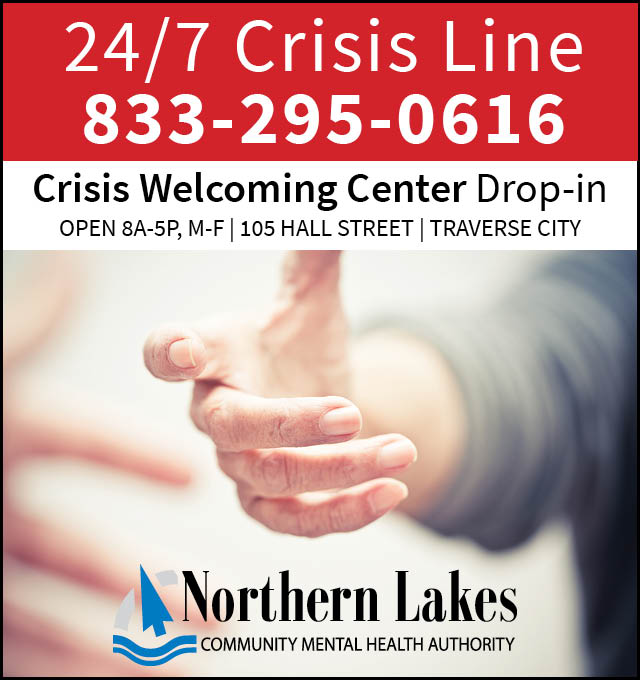
No Longer Just A Hospital: Munson To Launch "Amazing" Brand Today
By Luke Haase | June 5, 2019
Amazing. It’s how Munson Healthcare hopes its patients and partners react to their interactions with the nine-hospital system. It’s also the centerpiece of a new brand for northern Michigan’s largest employer that debuts today across northern Michigan.
Munson leadership sees the launch of the new identity as a big step; it comes on the heels of a tumultuous period for Munson: a fifteen-month union negotiation that concluded with a contract for its nurses.
It also comes at a time when Munson is no longer just a Traverse City hospital – nor even a set of affiliated hospitals across the north. With the official integration of Otsego Memorial in Gaylord last year, the Munson Healthcare system now includes nine hospitals, 7,500 employees, and 1,000 physicians serving 23 counties.
“If you think about it, some of those hospitals have been the sole community source of healthcare for 50-100 years,” says Dianne Michalek, Munson VP of marketing and corporate communications. “And all were branded and marketed as individual entities. This new campaign can unite the entire family of hospitals, providers, outpatient services and more across northern Michigan.”
Cynics might believe the new brand is an attempt to change course following the protracted and public union battle. Not so, says Michalek, who points out the final product was basically ready some months back, but that “it may have seemed awkward to launch in the middle of the negotiations, though I do feel glad that we were able to reach a contract and that’s behind us. Now feels like the right time.”
So what’s so amazing? The messaging is designed to celebrate three things, according to Michalek: how Munson’s people helps patients get back to doing the “amazing” little things in life; the fact that the organization is delivering “compassionate care” to patients who are “our family, friends and neighbors”; and the breadth of services made available across a mostly rural area “as large as Delaware and Rhode Island combined.”
The campaign came together following a deep-dive by Munson’s marketing team into customer (patient) feedback. Internal documents show that the process included 11 focus groups, 120 patient interviews, review of some 10,000 patient satisfaction surveys, and four community perception surveys.
What Michalek says continued to show up was the term “amazing” to describe experiences some patients had.
“We’re told we have a way of delivering care that’s different; you feel like a family and not just a number. We wanted our brands to reflect that; even though we’re a larger system, that compassion isn’t going away. We’re still the same people.”
Michalek adds that though it’s typical for a larger organization to outsource the creative process to a consultant or agency, “we didn’t want an outside agency telling us who we were. We wanted it to be genuine.”
Once the concept was agreed upon, the internal “road show” began, as Michalek and her team “had to take this around to every entity and leadership team across the whole system” for months, visiting physician groups and leadership teams, showing them ad concepts, and getting their buy-in, which she says came enthusiastically – particularly in Charlevoix.
“We were in the meeting with the management team there last fall, and they were so moved, they said, ‘can we start using this now?’ So actually they did start using it six months before anyplace else.”
Northern Michigan residents will begin to see the new “amazing” campaign in clinics, hospitals and in the media beginning today, but one thing will not be changing -- the familiar blue Munson logo.
Munson representatives add that they hope for another outcome from the new campaign: a “conversation with our communities.”
“It’s a commitment to continue to provide amazing care, and we can only do that if we engage with communities and have conversations about what they really need and expect. We don’t want this to be a one-way conversation like ‘we’re amazing. Come look at us.’"
And though the leaders within the healthcare system might view this as a “historic moment,” as Michalek puts it, what of the critics who remain, both inside the organization and out?
“It’s like having a family; you’re not always going to agree,” she says. “But at end of the day, when the focus is on the patients, we come together and provide amazing care. And often the people who have been critical of the hospital or our decisions are the ones that care the most about keeping high-quality, compassionate care locally.”







